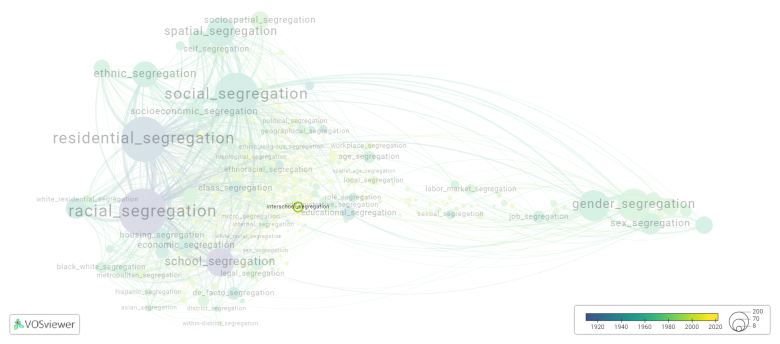Interschool segregation
Date and country of first publication[1]
2006
Belgium
Definition
Interschool segregation refers to the separation of students based on race, class, or other demographic factors across different schools. This can occur through policies or practices that result in disparities in the quality of education and resources available to students attending different schools. Interschool segregation can perpetuate inequality and impact the academic and social outcomes of students. It is often a reflection of existing societal inequalities and can contribute to the reproduction of social hierarchies. Efforts to address interschool segregation often focus on implementing equitable educational policies and practices, increasing access to resources, and promoting diversity and inclusion in schools.
Synonyms
The following terms are synonymous with interschool segregation:
inter school segregation.
References and literature addressing this segregation form under these synonymous terms can be found below.
See also
Related segregation forms
Interschool segregation is frequently discussed in the literature with the following segregation forms:
This visualization is based on the study The Multidisciplinary Landscape of Segregation Research.
For the complete network of interrelated segregation forms, please refer to:
References
Notes
- ↑ Date and country of first publication as informed by the Scopus database (December 2023).
Interschool segregation appears in the following literature
Vandenberge V. (2006). Achievement effectiveness and equity: The role of tracking, grade repetition and inter school segregation. Applied Economics Letters, 13(11), 685-693. Routledge.https://doi.org/10.1080/13504850500404944
Bartholo T.L., Da Costa M. (2014). Shift allocation and school segregation: Discussing intra school inequalities; [Turnos e segregação escolar: Discutindo as desigualdades intraescolares]. Cadernos de Pesquisa, 44(153), 671-692. Fundacao Carlos Chagas.https://doi.org/10.1590/198053142771

